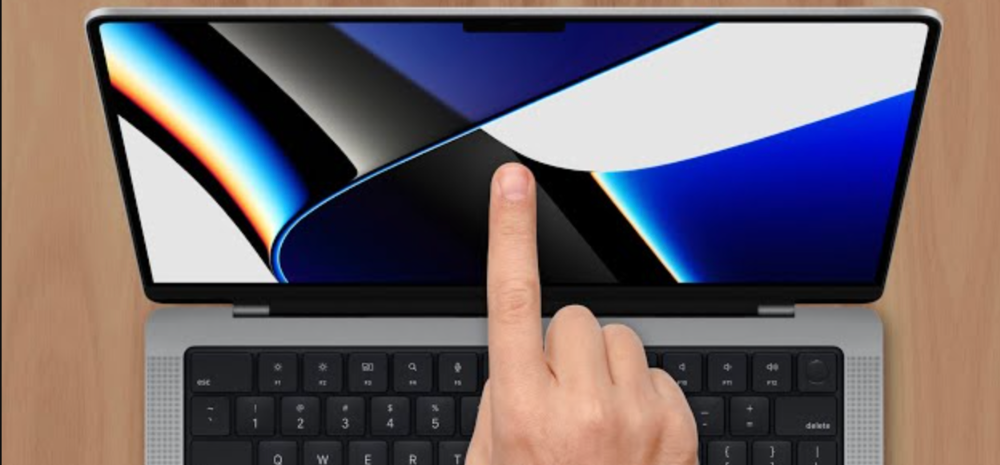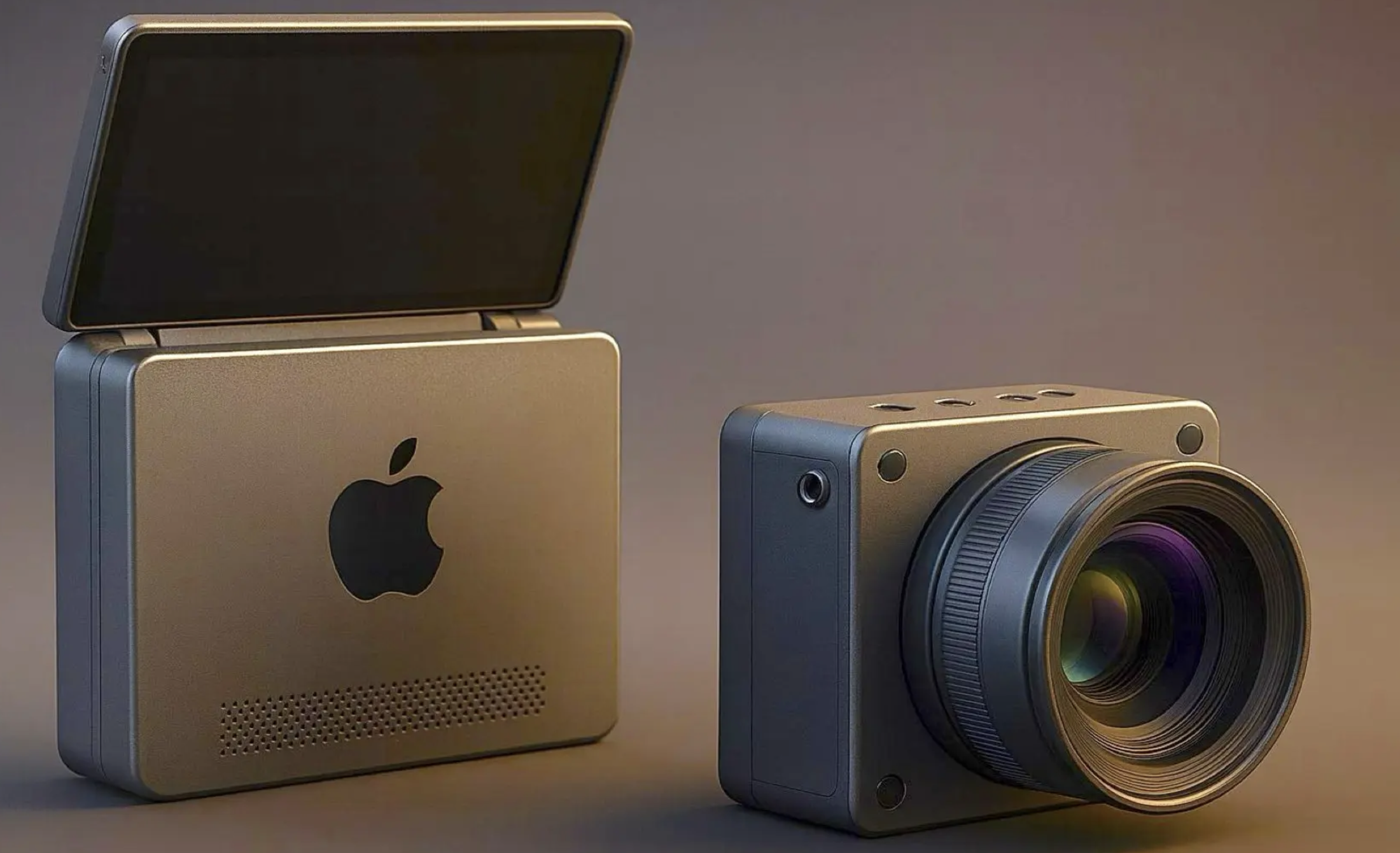Apple has long resisted the idea of incorporating touchscreen technology into its MacBook lineup, recommending users purchase both a Mac and an iPad for different functionalities. However, a newly granted patent suggests that the tech giant might be reconsidering its stance. The patent describes integrating LEDs/OLEDs and touch chiplets into the screen, indicating that touchscreen Macs could be in development.

Apple’s Historical Opposition to Touchscreen Macs
Since the early 2000s, Apple has been firm in its stance against touchscreen laptops. The company believed that raising one’s arm to use a touchscreen on a laptop would result in discomfort and fatigue. In a 2018 interview, Apple’s Senior VP of Software Engineering reiterated that the ergonomics of using a Mac with a touchscreen were impractical, stating that “lifting your arm up to poke a screen is a pretty fatiguing thing to do.”
Despite this, Apple’s consistent refusal to bring touchscreen capabilities to its MacBook lineup has not deterred the company from exploring the technology behind the scenes. Over the years, it has applied for several patents related to touch-enabled MacBooks, hinting at a gradual shift in its approach.
Details of Apple’s Newly Granted Patent
The patent, titled “Touch Sensing Utilizing Integrated Micro Circuitry,” was filed in 2023 and has now been granted. It outlines the technical integration of LEDs or OLEDs and touch chiplets into a MacBook’s screen. The patent discusses how touch sensors can be embedded into the display to allow touch interaction, making a strong case for the potential introduction of touchscreen MacBooks.
Illustrations in the patent depict a MacBook Pro with a touchscreen and a trackpad, further fueling speculation. The patent also emphasizes the use of touch technology in various devices, not just MacBooks, suggesting broader application potential.
What Does This Mean for the Future of MacBooks?
While Apple has consistently advocated for users to buy both a Mac and an iPad, the new patent hints at a possible shift in strategy. By adding touchscreen capabilities to MacBooks, Apple may finally merge the user experiences of the two devices, providing customers with greater flexibility.
Although no official announcements have been made, this patent could signify a major change in how future MacBooks will be designed.














